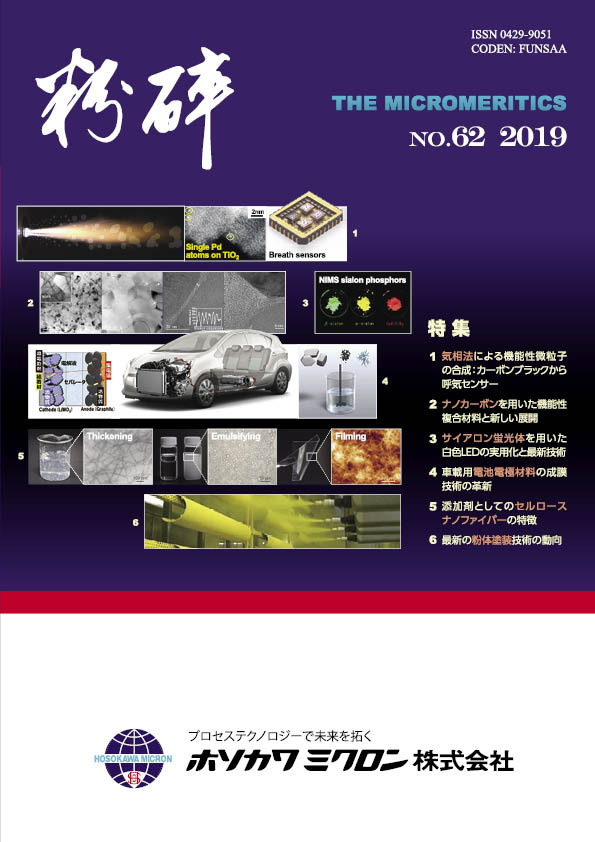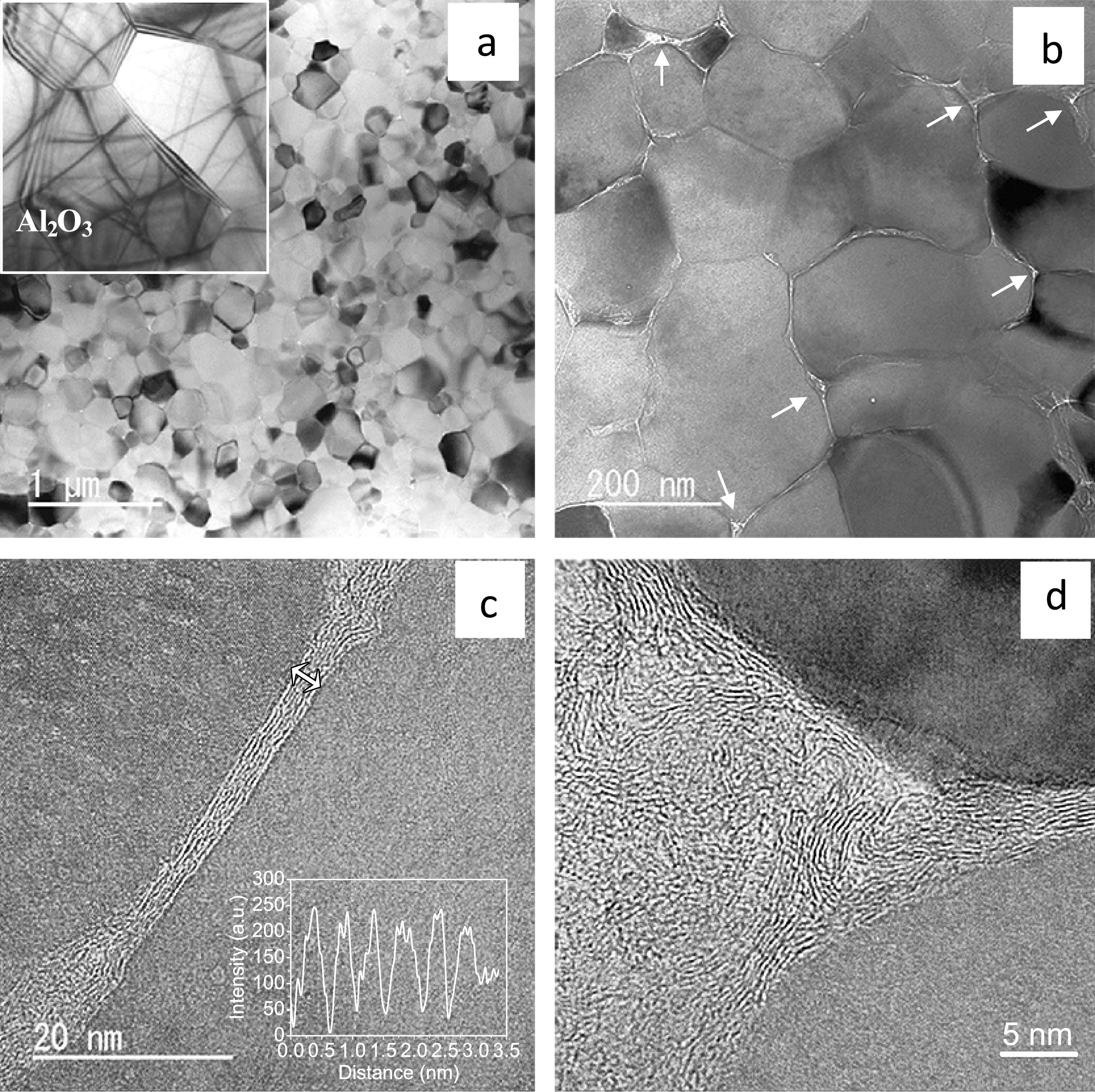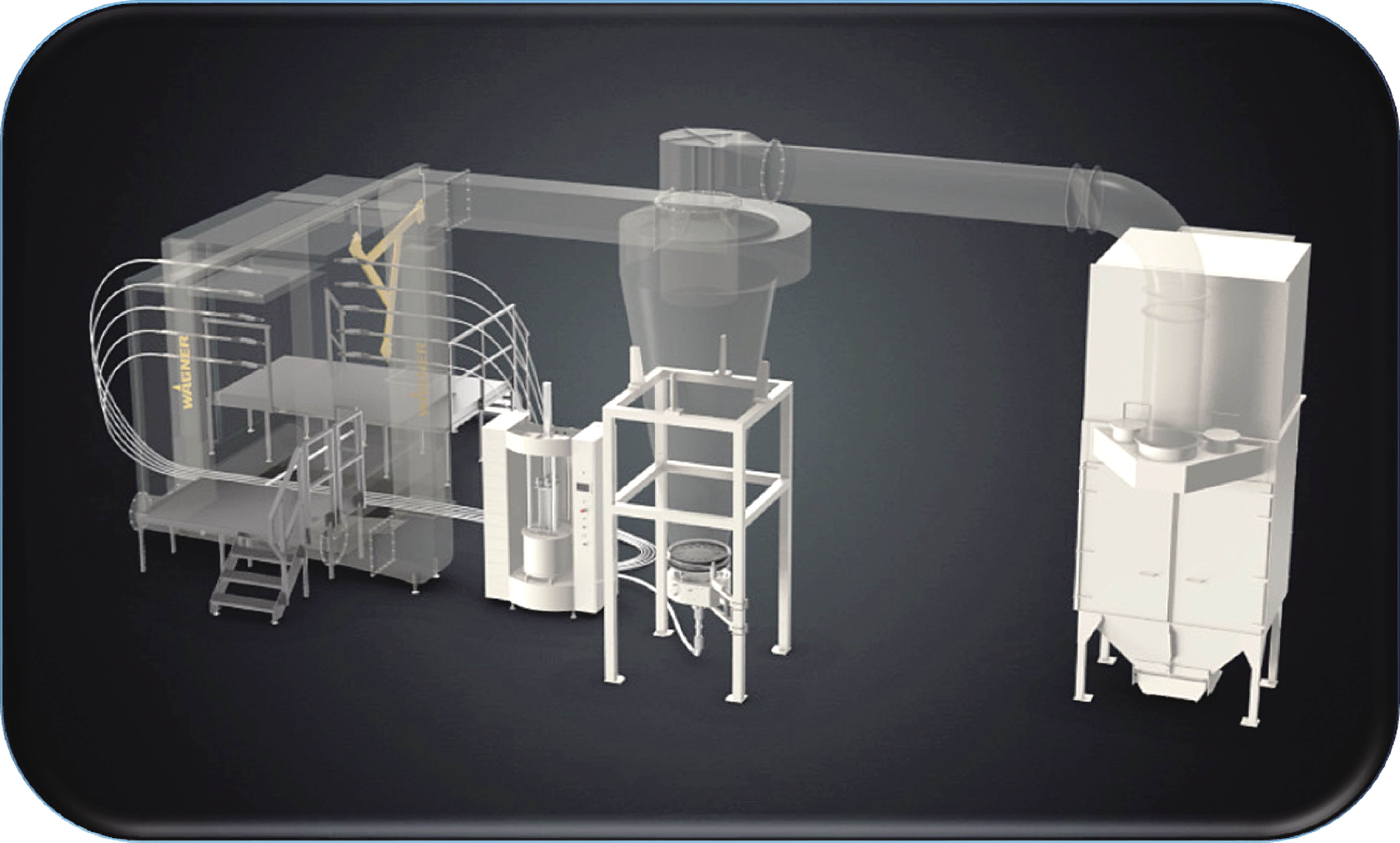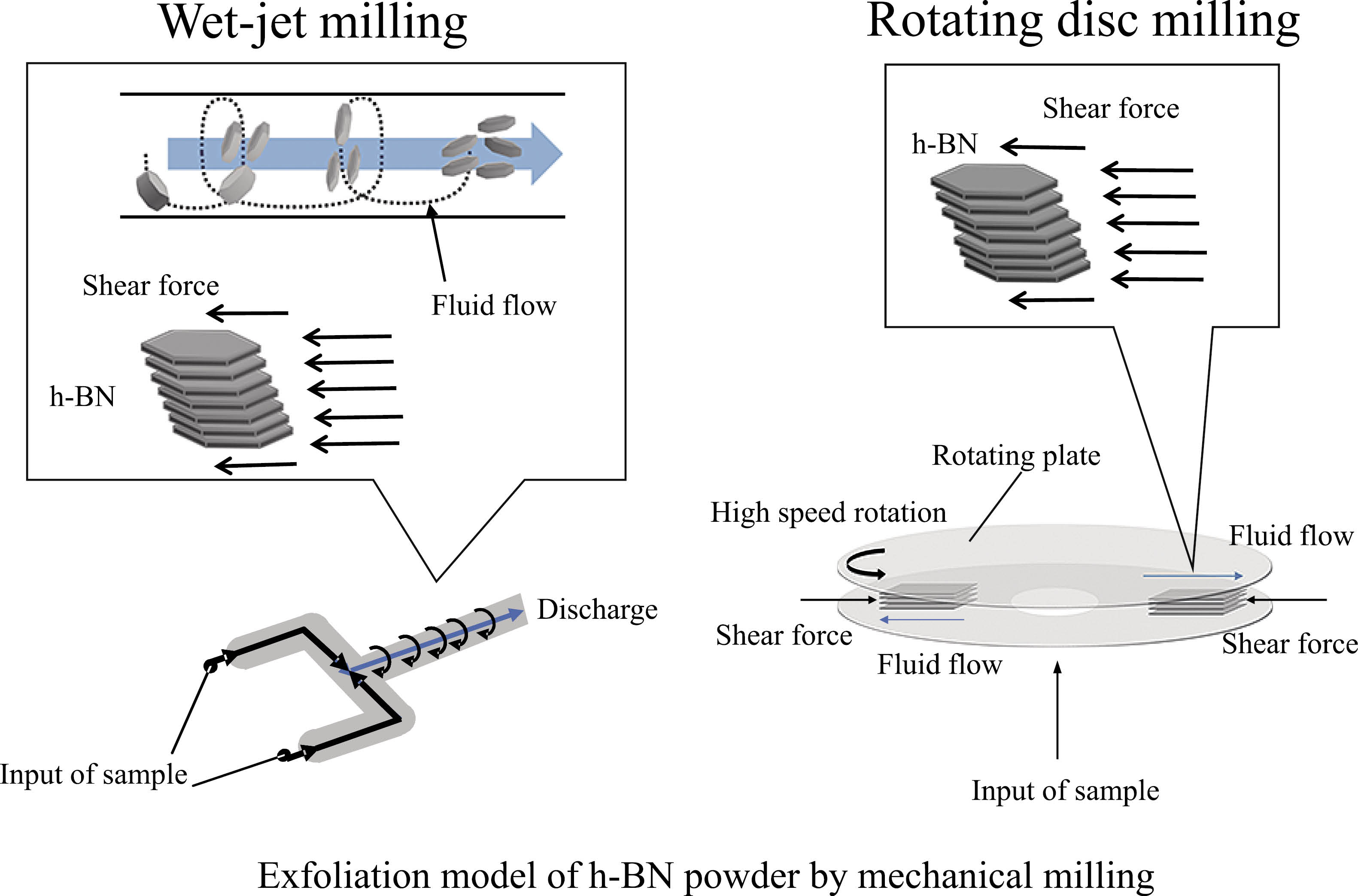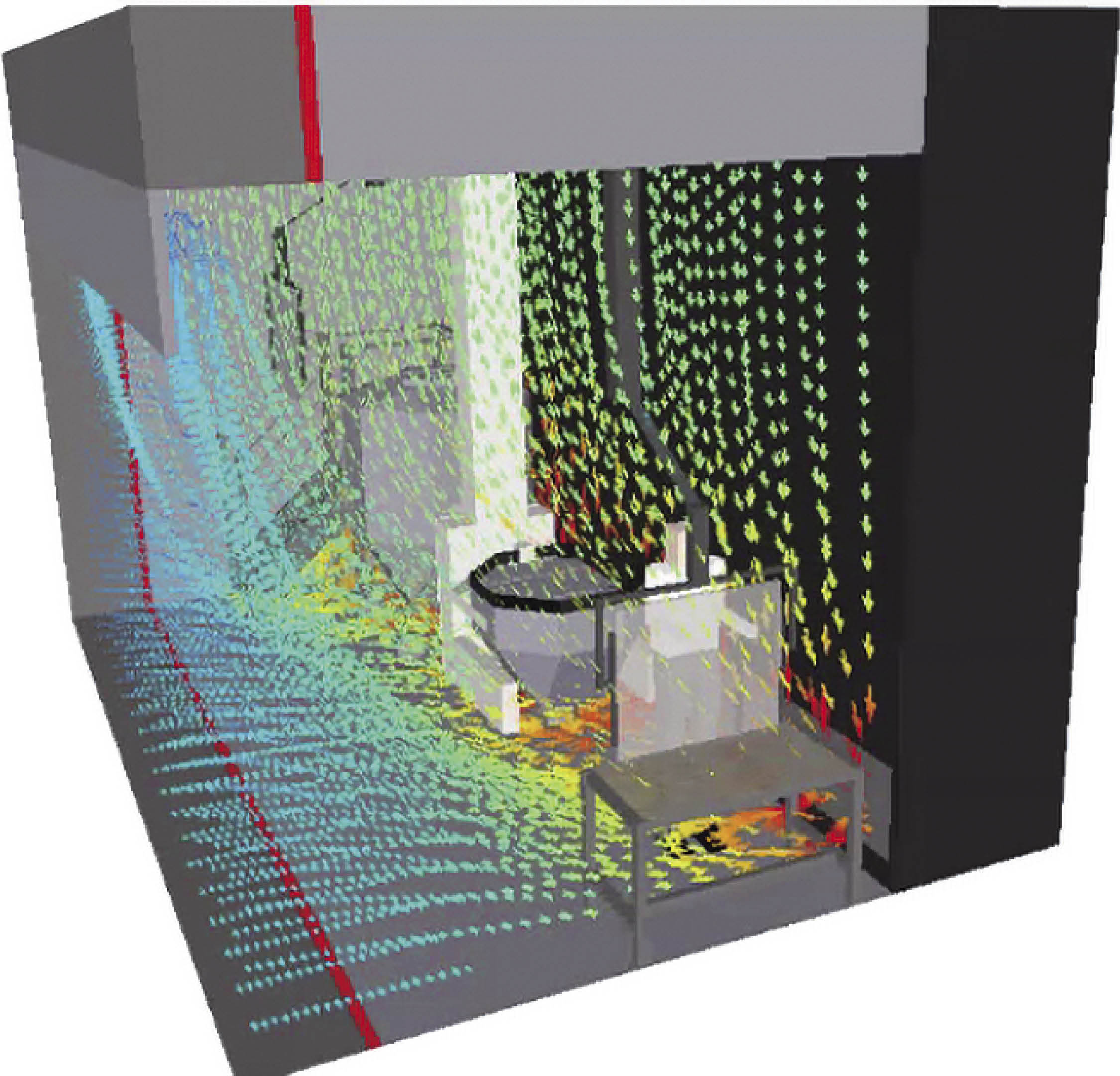- |<
- <
- 1
- >
- >|
-
2019Volume 62 Article ID: 2019001
Published: December 15, 2018
Released on J-STAGE: December 15, 2018
Download PDF (1022K)
-
2019Volume 62 Article ID: 2019002
Published: December 15, 2018
Released on J-STAGE: December 15, 2018
Download PDF (3166K)
-
2019Volume 62 Article ID: 2019003
Published: December 15, 2018
Released on J-STAGE: December 15, 2018
Download PDF (2292K)
-
2019Volume 62 Pages 1-2
Published: December 15, 2018
Released on J-STAGE: December 15, 2018
Download PDF (555K)
-
2019Volume 62 Pages 3-9
Published: December 15, 2018
Released on J-STAGE: December 15, 2018
Download PDF (1555K) -
2019Volume 62 Pages 10-21
Published: December 15, 2018
Released on J-STAGE: December 15, 2018
Download PDF (2473K) -
2019Volume 62 Pages 22-29
Published: December 15, 2018
Released on J-STAGE: December 15, 2018
Download PDF (2260K) -
2019Volume 62 Pages 30-38
Published: December 15, 2018
Released on J-STAGE: December 15, 2018
Download PDF (1684K) -
2019Volume 62 Pages 39-43
Published: December 15, 2018
Released on J-STAGE: December 15, 2018
Download PDF (1153K) -
2019Volume 62 Pages 44-50
Published: December 15, 2018
Released on J-STAGE: December 15, 2018
Download PDF (1445K)
-
2019Volume 62 Pages 51-58
Published: December 15, 2018
Released on J-STAGE: December 15, 2018
Download PDF (1605K)
-
2019Volume 62 Pages 59-63
Published: December 15, 2018
Released on J-STAGE: December 15, 2018
Download PDF (2860K) -
 2019Volume 62 Pages 64-70
2019Volume 62 Pages 64-70
Published: December 15, 2018
Released on J-STAGE: December 15, 2018
Editor's pickAlthough the awareness concerning the prevention of occupational accidents and worker protection seems to have further increased reflecting the recent revision of the Occupational Safety and Health Act, reality is that there are still many harsh sites when looking at the sites handling the powder. There are many circumstances in which environmental improvement does not work effectively because of the variety of properties of the powder, and the cases showing the demand for further improvement of the environment are increasing. This article introduces the achievement of containment technology matching the powder production site as well as the related equipment together with the organizing and understanding of the regulation for the purpose to improve the environment by one rank.
Download PDF (2732K) -
2019Volume 62 Pages 71-78
Published: December 15, 2018
Released on J-STAGE: December 15, 2018
Download PDF (2817K) -
 2019Volume 62 Pages 79-85
2019Volume 62 Pages 79-85
Published: December 15, 2018
Released on J-STAGE: December 15, 2018
Editor's pickIn order to improve fine wrinkles, it is common technique to possess moisture on skin surface by adsorbing moisturizing ingredients. The hyaluronic acid widely used as a moisturizing ingredient in cosmetics is difficult to retain on skin having oil contents for a long time because of its high hydrophilicity. Also it has too large molecular size compared with the interstitial cells that its penetration into horny internal parts is not easy. On the other hand, the PLGA nanoparticle has DDS function such as excellent permeability to the stratum corneum and slow release of encapsulated content in the particle. By using this technology, the hyaluronic acid can be hold in not only the surface layer but also the deep layer of the stratum corneum which would lead to the new moisturizing effect. In this paper, the test results of the skin moisturizing effect and anti-wrinkle effect by using PLGA nanoparticles encapsulating the hyaluronic acid.
Download PDF (2524K)
-
2019Volume 62 Pages 86-88
Published: December 15, 2018
Released on J-STAGE: December 15, 2018
Download PDF (817K) -
2019Volume 62 Pages 89-90
Published: December 15, 2018
Released on J-STAGE: December 15, 2018
Download PDF (437K) -
2019Volume 62 Pages 91
Published: December 15, 2018
Released on J-STAGE: December 15, 2018
Download PDF (232K) -
2019Volume 62 Pages 92
Published: December 15, 2018
Released on J-STAGE: December 15, 2018
Download PDF (203K) -
2019Volume 62 Pages 93
Published: December 15, 2018
Released on J-STAGE: December 15, 2018
Download PDF (214K) -
2019Volume 62 Pages 94
Published: December 15, 2018
Released on J-STAGE: December 15, 2018
Download PDF (236K)
-
2019Volume 62 Pages 95-97
Published: December 15, 2018
Released on J-STAGE: December 15, 2018
Download PDF (1847K) -
2019Volume 62 Pages 98-99
Published: December 15, 2018
Released on J-STAGE: December 15, 2018
Download PDF (1066K) -
2019Volume 62 Pages 100-101
Published: December 15, 2018
Released on J-STAGE: December 15, 2018
Download PDF (1243K) -
2019Volume 62 Pages 102-104
Published: December 15, 2018
Released on J-STAGE: December 15, 2018
Download PDF (945K) -
2019Volume 62 Pages 105-107
Published: December 15, 2018
Released on J-STAGE: December 15, 2018
Download PDF (745K) -
2019Volume 62 Pages 108-110
Published: December 15, 2018
Released on J-STAGE: December 15, 2018
Download PDF (1215K)
-
2019Volume 62 Pages 111-112
Published: December 15, 2018
Released on J-STAGE: December 15, 2018
Download PDF (1033K) -
2019Volume 62 Pages 113-114
Published: December 15, 2018
Released on J-STAGE: December 15, 2018
Download PDF (1019K) -
2019Volume 62 Pages 115-119
Published: December 15, 2018
Released on J-STAGE: December 15, 2018
Download PDF (2488K) -
2019Volume 62 Pages 120
Published: December 15, 2018
Released on J-STAGE: December 15, 2018
Download PDF (234K)
- |<
- <
- 1
- >
- >|
